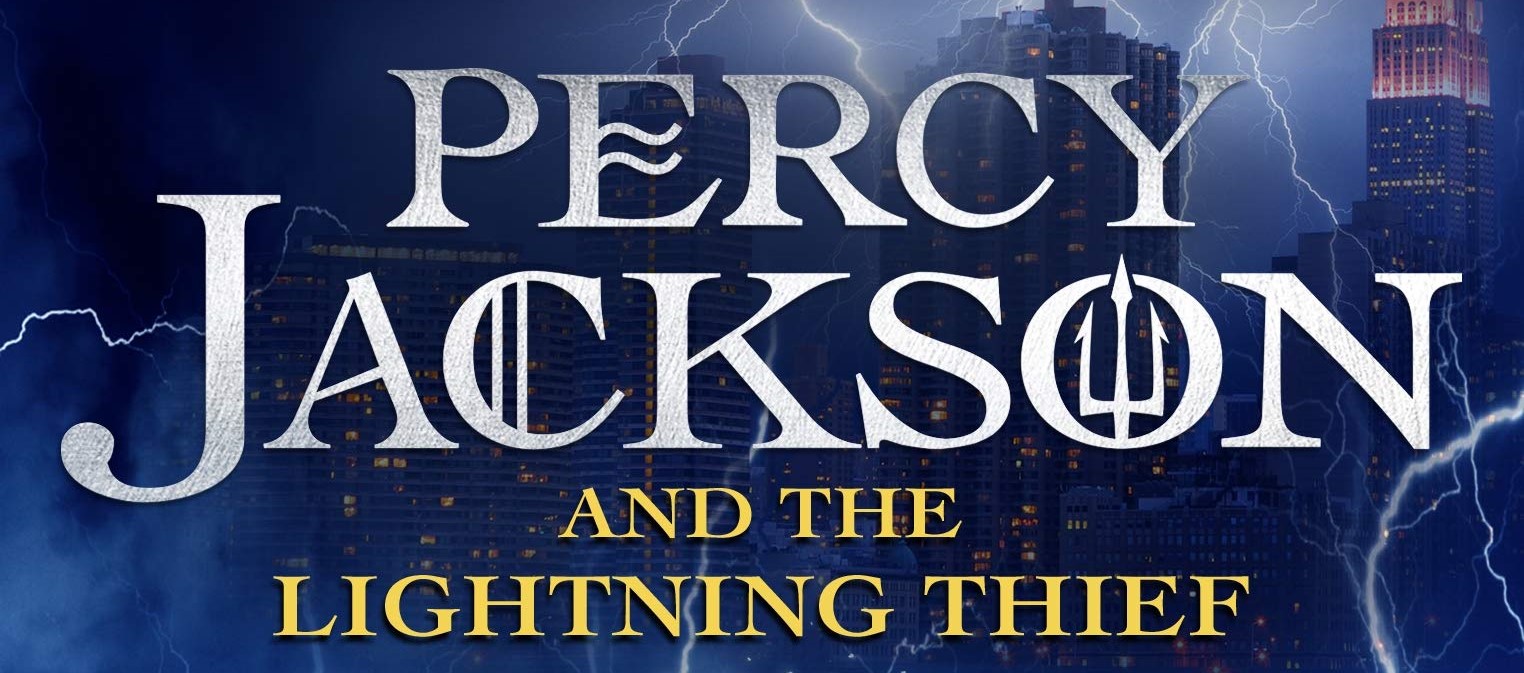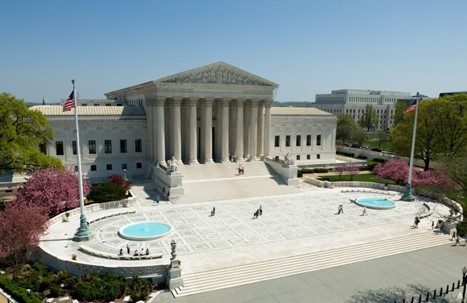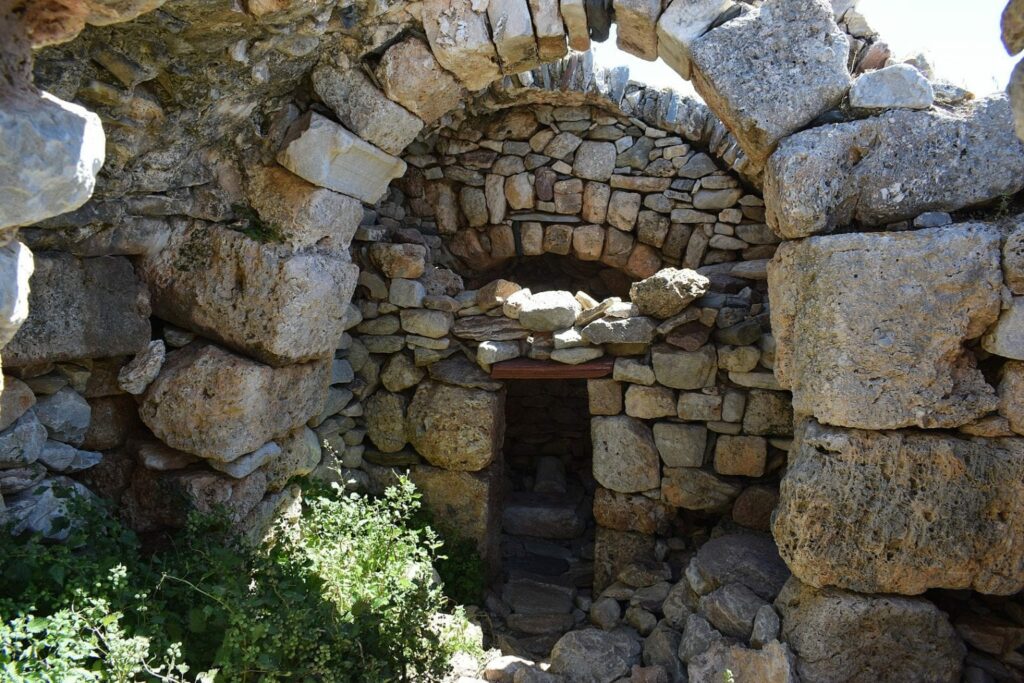by Danielle Alexander, Contributing Writer, Classical Wisdom
One of the first fictional universes that inspired my obsession with Greek mythology was the child/young adult series titled Percy Jackson, authored by Rick Riordan. Set in modern North America, the series follows troubled Percy as he is thrown into the turbulent world of Greek gods, heroes, and monsters. The series has captivated multi-media audiences; the books are international best-sellers, available in several languages and were adapted into two movies, while Disney has confirmed they are producing a new TV adaptation.
However, the myth-loving online community does not always speak kindly of Riordan’s fictional adaptations, sometimes looking down on those who have been introduced to mythology via the series. There seems to be a view that a modern adaption that is deemed unfaithful to the mythological ‘canon’ is to be shunned.
Considering that the Greek mythological ‘canon’ is formed from the evidence that spans a vast chronological and regional distance, an author creating an adaption that is suitable for their audience is not out-of-character for Greek mythology. For example, the god Apollo was worshipped differently in various locations: in Sparta, he was militarised, whereas in Delphi, his oracular attributes were emphasised.
Therefore, in this article, I explore a handful of quotes drawn from the first book of the Percy Jackson series, The Lightning Thief, and assess their ‘authenticity’ to the Greek mythological canon evident in Classical literature and the archaeological record. Here, a ‘myth’ is understood as a narrative containing knowledge of social or natural phenomena conveyed through cultural motifs, often including supernatural elements. Greek mythology, therefore, is the collective corpus of myths and mythological themes found in the architecture and art of the north-eastern Mediterranean.
So, it begins
Within the first few pages, Riordan introduces the Titanomachy, the war between the gods and their forebearers, the Titans. He states that Kronos, ‘didn’t trust his kids… so, um, Kronos ate them… but his wife hid baby Zeus, and gave Kronos a rock to eat instead. And later, when Zeus grew up, he tricked his dad, Kronos, into barfing up his brothers and sisters’. The only thing Riordan fails to mention is that the distrust was born from a prophecy that claimed Kronos’ children would usurp him.
This was a very real fear for Kronos due to his own rise to power; his mother had begged for the Titans to overthrow their father, Uranos. The act was done with a sly seduction from Gaia and the slicing of a scythe from Kronos, who castrated his father and sent his reproductive parts into the sea, where they merged with the foam and formed Aphrodite.
The new celestial king Kronos then married his sister, Rhea. She wished for a family, but Kronos was fearful of losing his throne. Ancient sources debate was to whether the prophecy was provided by Mother Earth, Gaia, during the dying breath of Uranus, or by an oracle. To avoid his demise, he gobbled up every child Rhea bore. Heartbroken, Rhea devised a plan to hide her sixth child and provide her husband with a blanket-wrapped stone instead. This stone would later become the Omphalos at Delphie. Kronos greedily gobbled the cold stone, while Rhea swiftly smuggled the real baby to Crete, where it was to be raised by nymphs (or in some variations, the Titaness Metis). This babe was Zeus.
Zeus lived in Crete until he was a grown man. He then took up the position of cup-bearer for Kronos. In an act of vengeance for murdering his sibling and retribution for his mother, who undoubtedly encouraged the act, Zeus poisoned his father. Unexpectedly, the Titan began to regurgitate Zeus’ fully grown siblings: Hestia, Demeter, Hera, Poseidon and Hades.
War waged for ten years between the siblings and the Titans, led by Atlas, before the siblings obtained their divine weaponry. They had powerful allies who helped them, and eventually, Zeus struck Kronos with his thunderbolt. The Titans were banished to Tartarus, apart from Atlas and the Titanesses: Atlas was to be punished with the duty of holding up the sky, whereas the Titanesses were spared for the sake of Metis and Rhea.
A (not-so) secret love affair
Further through the book, Percy and his companions have the (dis)pleasure of meeting Ares, the Greek god of war. From here, Percy must complete a mini-quest, where there is mention of an affair between Ares and Aphrodite, “He’s still a god. And his girlfriend is very temperamental… Aphrodite, goddess of love.” Now, it appears this reference is indeed based on myth.
While Athena was the goddess of strategic warfare, Ares represented the raw bloodlust of battle. He lost frequently, but his passion for the fight was not unnoticed by the fickle and sometimes cruel goddess of Love, Aphrodite. Their liaisons saw the birth of Eros (amorous love) and Priapus (fertility), Anteros (love in return), Deimos and Phobos (terror and fear).
On one fateful day, the pair were caught in the act by Phoebus Apollo, who told Hephaestus, Aphrodite’s husband. He then tricked and embarrassed them, using a net of his creation, in front of the Olympians and the lovers fled in shame: Aphrodite to Cyprus, and Ares to Thrace. Although another version claims it was Helios who had caught the pair, not Phoebus.
Despite the affair being out-in-the-open, it continued. The Greeks, known for their outstanding intellect must have seen something poetic about the divine beings of love and war being in lovers’ embrace. Similarly, the pair being caught by Apollo or Helios, both gods of the sun, seems to be a warning to all mortals who think to commit adultery. It almost appears that they are encouraging affairs to happen in the dark of night for you’ll get caught out if it’s under the watchful sun.
Riordan’s fiction, not mythological fable
One major creation of Riordan’s is the setting; modern America. However, it is possible to identify the reasons for this. For Riordan, his Greek gods have travelled through Europe and ended up in America. It is not so outlandish that America is the place the gods are currently residing; the USA is one of the most powerful countries in the world and happens to be littered with Grecian-Roman style architecture.
Architecture is a monumental medium for the transmission and reflection of a culture’s political ideals and is heavily imbued with symbolism, often religious in nature. If we take the Acropolis in Athens as the basis, it is possible to see that the architecture of this has been copied in Norway, Italy and America. It would appear that the Greek design has been frequently emulated. Additionally, Riordan is American and this story was originally told as bedtime tales for his children, so it makes sense that he would place his story in a location that is familiar to them.
Furthermore, the quote “the entrance of the Underworld is always in the West” attracted attention for a similar reason as the one above. Several places are said to be the entrance of the Underworld, one of those places is the Cape Matapan Caves.
These caves are said to be where heroes such as Heracles and Orpheus were said to travel to the Underworld. Yet these caves are not west, but are in fact in one of the most southern regions of Greece. This would appear to be another fictional reference, possible to add more storyline as Percy Jackson must make his way west, across America, to Las Vegas, where the gate of the Underworld now lays. Considering the reputation of Vegas and its desert geography, it is not hard to imagine this as a modern locale for the Gate to the Underworld.
Another mythic variation is Riordan’s take on the god Dionysus. The reader is told that Dionysus, manager of Camp Half-Blood, “offended his father a while back, took a fancy to a wood nymph who had been declared off-limits”. However, there are no ancient sources that would confirm this. In fact, they displayed the complete opposite.
Rather, it is said that Zeus had gone to great lengths to protect half-blooded Dionysus, perhaps from the guilt of killing the mother, whom Zeus had loved dearly: he had offered her anything in the world and she chose to see his true form, a sight that is too great for mortal eyes.
This indicates that the argument between father and son is purely Riordan’s creation, possibly adding comic effect to the series as Dionysus is grumpy and forgetful as if being sober for him is the same as being drunk. I suppose two thousand years is plenty of time for a familiar rift to form.
Authentic?
Having only discussed a small handful of mythological mentions in the first book of the Percy Jackson series, it is possible to see that Rick Riordan had done his research, thus providing a mostly accurate modernized telling of the Greek myths.
The creations of Riordan mentioned here are the only examples where he has deviated from the known ‘canon’. However, variations of the mythos aren’t inaccurate when discussing the Greek corpus and this modern spin is fitting with a modern account.
Overall, this series is an enjoyable read with familiar myths. The stories of Riordan bring the old tales into the familiar settings and encourage many readers to investigate further, to find out more. In this stance, the series does, in a fictional sphere, what Classical Wisdom seeks to do; introduce the ancient myths into the minds of modern readers.















No comments yet. You should be kind and add one!
Our apologies, you must be logged in to post a comment.